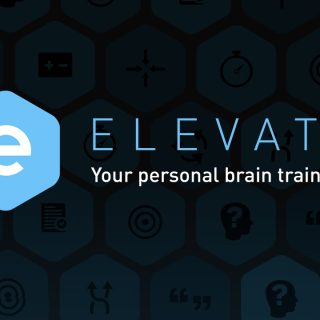Transforming Education Step by Step: A Comprehensive Guide to EdTech Implementation
Introduction
Educational Technology (EdTech) is a revolutionary force in education that promises to enhance the learning experience, improve outcomes, and prepare students for the digital age. However, implementing EdTech effectively in educational institutions requires careful planning and execution. This article provides a detailed step-by-step guide to EdTech implementation in the classroom.

1. Needs Assessment
The first step in EdTech implementation is to conduct a thorough needs assessment. Identify the specific challenges and goals of your educational institution. Consider factors like student needs, available resources, and desired learning outcomes. This assessment serves as the foundation for your EdTech strategy.
2. Set Clear Objectives
Define clear and measurable objectives for EdTech integration. These objectives should align with your institution’s broader educational goals. Determine what you hope to achieve, such as improved student engagement, enhanced teacher productivity, or better learning outcomes.

3. Professional Development
Invest in comprehensive professional development for educators. Provide training on the chosen EdTech tools and platforms. Teachers must be proficient in using technology to maximize its benefits. Offer ongoing support and resources to keep educators up to date with the latest innovations.
4. Select Appropriate EdTech Tools
Select EdTech tools and platforms that align with your objectives. Consider factors like ease of use, scalability, and compatibility with existing systems. Research and test various options, and involve teachers and students in the decision-making process to ensure that the tools are user-friendly and meet their needs.
5. Create a Comprehensive EdTech Curriculum
Integrate EdTech into the curriculum design. Develop lesson plans and activities that incorporate technology effectively. Ensure that EdTech aligns with the learning objectives and enhances the educational experience, rather than being a mere add-on.
6. Infrastructure and Technical Support
Ensure that your institution has the necessary infrastructure, including robust internet connectivity and adequate devices for students and teachers. Provide technical support to address any issues promptly, minimizing disruptions to the learning process.

7. Data Privacy and Security
Safeguard student data and privacy. Implement strict data protection measures and ensure compliance with relevant laws and regulations. Educate students and educators about responsible and secure use of technology.
8. Monitor and Evaluate
Continuously monitor and evaluate the impact of EdTech on teaching and learning. Collect data on student performance, engagement, and satisfaction. Use this information to make adjustments to your EdTech strategy and to address any challenges that may arise.
9. Collaboration and Sharing
Encourage collaboration among educators to share best practices and innovative uses of EdTech. Create a platform for teachers to exchange ideas, resources, and success stories, fostering a culture of continuous improvement.

10. Scaling and Expansion
As you witness the positive impact of EdTech on your institution, consider scaling and expanding its use. Evaluate the potential for EdTech to be integrated at different levels of education and in various subject areas.
Conclusion
Implementing EdTech effectively in educational institutions is a complex but rewarding process. By following these comprehensive steps, you can harness the power of EdTech to transform teaching and learning, improving educational outcomes and preparing students for success in the digital age. Remember that EdTech is not a one-time solution but an ongoing journey that requires commitment, flexibility, and a student-centric approach.








